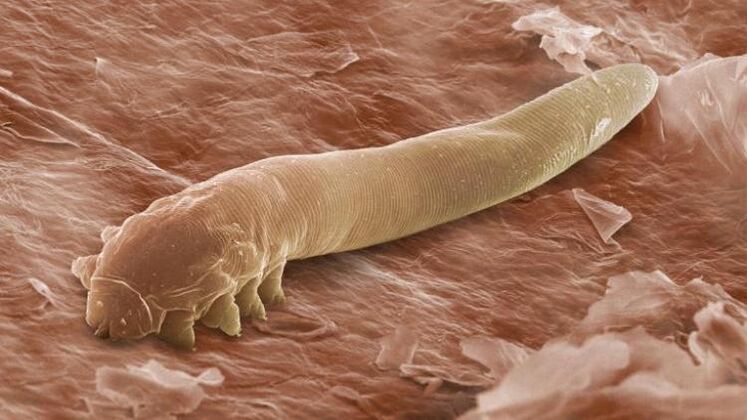
Usually, when we hear about parasites, of course we think of worms, but in reality they are in huge numbers today.
Many of them can be present in the upper layers of the epithelium and in the subcutaneous fat, invisible to the carrier.
Subcutaneous worms can enter the human body through tactile contact with an infected person; from blood-sucking insects that carry larvae of animal parasites.
The main feature of this invasion is the difficulty in identifying the pathology, as the infection can masquerade as other somatic diseases at first.
The main signs of the presence of such parasites in the body are severe weakness, decreased performance, and a constant desire to scratch the skin. When these signs appear, advice comes to the experts: therapists, dermatologists, allergists, infectious disease specialists. The collective work of physicians and the diagnostic methods they use in their work contribute to the timely identification of the presence of subcutaneous invasion in vivo.
types of worms
There are many subcutaneous worms that can cause a lot of trouble with their appearance. If you pay attention to certain symptoms, it is possible to detect their presence. With the timely diagnosis of the disease, getting rid of unwelcome guests is much easier.
To learn how to quickly identify their presence, we recommend that you familiarize yourself with the most popular representatives:
Filariasis
This type of helminthiasis is only found in tropical regions. So, when traveling, try to be a little careful, it's not difficult to pick it up.
Pathogens are a great danger because the duration of the incubation period can reach 5 to 7 years, while they are actively multiplying. They show no sign of being there and have been absorbing nutrients and vitamins from the body over the years.
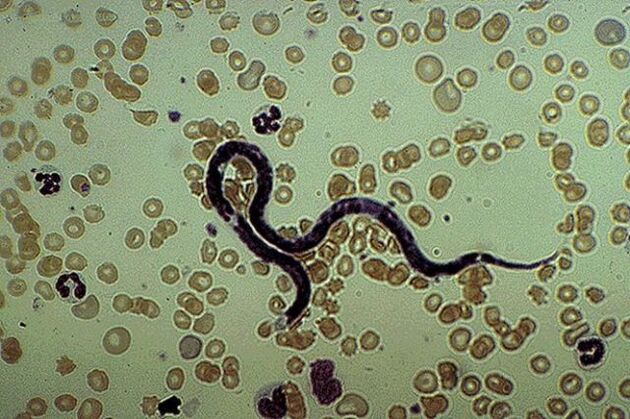
Dracunculiasis
Parasitic diseases can outnumber future carriers in worm-infected water. The presence of larvae of this parasite in the water cannot be determined by the naked eye; furthermore, neither equipment nor special analysis can determine. The danger is that a humble larva can reach a meter in its mature state. Usually, dracunculiasis infection results in death.
It must be understood that the death was due to an adult worm several meters long occupying a large part of the stomach and easily infiltrating the lungs, thus hindering the supply of oxygen. However, as a rule, pathogens are located in the lower extremities, so deaths are very rare in modern medicine.
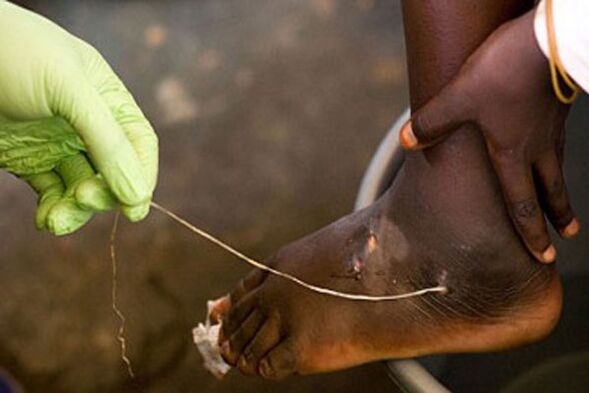
scabies
This disease is by far the most prevalent. It is no exaggeration to say that perhaps every second inhabitant of the planet has encountered this unpleasant disease. The main symptom of this disease is persistent itching of the skin.
If you look closely, you can pinpoint the exact location of the worms, and where they are located, you can observe noticeable skin redness and irritation. Apart from intense itching, no more unpleasant symptoms were observed in the infected.
on a note.Transmission is from sick to healthy people through physical contact and when using the same thing.
Diagnosis is nearly impossible without special equipment; as previously mentioned, it is possible to determine only where they are in large numbers. The irritation is caused by the parasitic mites entering the epithelium by disturbing the upper layer of the epithelium, thereby leaving a visible trail.
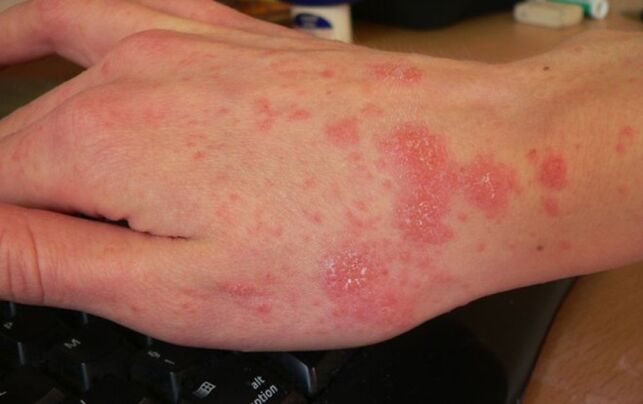
demodicosis
Pathogens prefer sebaceous glands as habitat. Their appearance is accompanied by suppuration on the face, which can easily be confused with acne. The more strongly the parasite develops, the more visible it is on the face. In addition to abscesses, it should be said that another symptom that may seem more unpleasant - eyelashes fall out.
attention.Compared to other species, diagnosing this parasite is very simple. An experienced doctor won't even prescribe a special test to determine the presence of helminthiasis, he can simply perform a visual examination of the patient. The fact that the treatment lasted for several years was also unpleasant. Getting rid of the disease is quite difficult, so even with constant treatment, it can take more than a year.

Filariasis
These parasites are transmitted to humans through physical contact with infected animals that are usually carried by our pets. Roundworms enter the human body quickly, and one of the carriers may be mosquitoes.
It is simple to note that the bites become dense, inflamed and itchy. The parasite settles in the body and begins an active life. The most important symptom that allows you to make an accurate diagnosis right away is a feeling of agitation.
This is because adults can move freely. Cases have been documented when an infected person sees the worm under the skin, and it can also come out through the mucous membranes of the eye.

Strongyloidiasis
The larvae of this parasite easily penetrate the epidermis, for this it is enough to walk on the ground barefoot.
In addition to severe itching, redness, and obvious inflammation, infected people's skin was covered in red blisters.
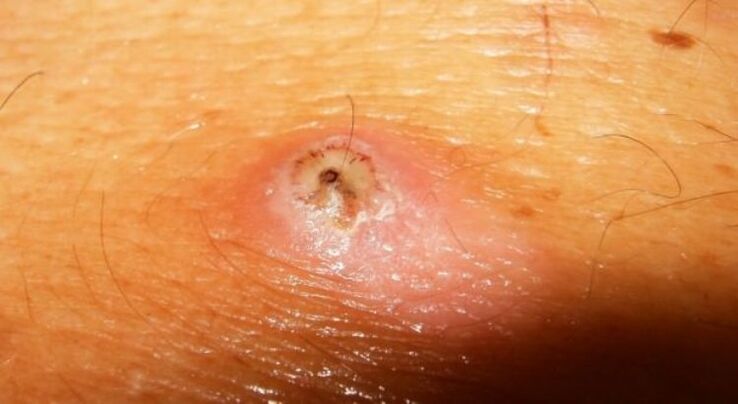
Schistosomiasis
The pathogen is found in Africa and Asia and lives only in fresh water. Easily penetrates into the human body. It prefers to be present in human skin or in the genitourinary system. During its life, it releases products that are toxic to humans. The toxins severely disturb the body, causing severe poisoning.
The appearance of this or that parasite is accompanied by certain symptoms, so an experienced doctor will usually diagnose it before receiving the results of a full physical examination. The investigation aimed not only to confirm its existence, but also to determine its exact location and approximate number of people.
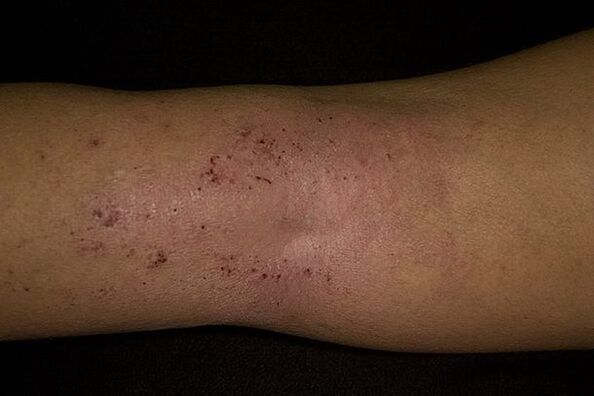
symptom
What symptoms appear depends on which parasites the person is infected with. There are significant differences, but most symptoms are typical of subcutaneous worms. Let's highlight the main symptoms:
- Skin damage. It can manifest as a severe rash, redness, acne, severe itching, and in some cases traces of worms can be seen.
- General discomfort. Not only the toxic waste can affect the general condition of the patient, it should be understood that the worm feeds on nutrients from the carrier's body, which does not receive useful substances. In this regard, weakness increases, and a person becomes tired very quickly, fever and insomnia can be observed.
- Often, worms penetrate other vital organs, disrupting their work.
- In subcutaneous worms, individuals are often found, and the movement of the individual is well felt by the carrier.
Filariasis
The main symptoms that may last for the first few years include:
- hives, with widespread red spots;
- severe itching;
- temperature rise;
- Fever state.
After a while, the main symptoms are replaced by more severe manifestations, such as:
- eczema, warts, ulcers;
- Sleep disturbances (increased sleepiness, insomnia);
- persistent migraine;
- subcutaneous lymph nodes;
- Some will become apparent when examining a patient's eyes.
for your information.This condition requires serious medical intervention, as the long-term presence of the pathogen can lead to vision loss and tumor development.
scabies
with the following symptoms:
- rash and redness;
- Air bubbles may appear in the affected area;
- The passage of worms becomes apparent when iodine is applied to the affected skin area;
- persistent itching;
- Severe peeling of the skin.
Schistosomiasis
with the following symptoms:
- rash;
- persistent itching;
- increased sweating, especially at night;
- hyperthermia;
- The size of the liver increases.
Filariasis
with the following symptoms:
- allergic reaction of the body;
- temperature rise;
- severe fatigue, weakness;
- nausea.
demodicosis
with the following symptoms:
- severe acne;
- Eyelashes fall out.
Dracunculiasis
with the following symptoms:
- Inflammation of the joints of the lower extremities;
- gangrene;
- Blood poisoning.
The emergence of this disease poses a considerable threat to human life and health. Many pathogens are carefully hidden for years after infection, but then their size increases significantly and their manifestations under the skin become apparent.
The location of subcutaneous worms can not only be in the upper layers of the epithelium and sebaceous glands, but it is even more dangerous when the worms move freely in the body because vital organs are affected.
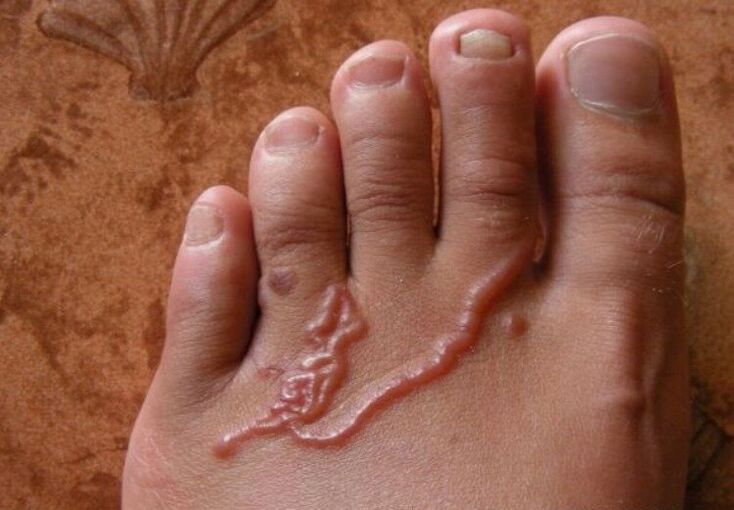
treat
To date, there are many effective recommendations for the treatment of such diseases. It is important to understand that a doctor should prescribe treatment after receiving the necessary results of a comprehensive physical examination of the patient. In some cases, complications and side effects caused by worms have been observed.
important.As a treatment, complex drug treatments can be prescribed, but you should be aware that most drugs are highly toxic, so you can observe significant deterioration caused by the treatment.
Often, surgical intervention is required to remove subcutaneous worms. In most cases, hydrochloric and sulfuric soaps are used for scabies.
Treating subcutaneous worms can cause many problems and cost a lot of time and money. Therefore, it is easier to prevent infection, for which you just have to follow the rules of personal hygiene. It is recommended not to have physical contact with an infected person.
